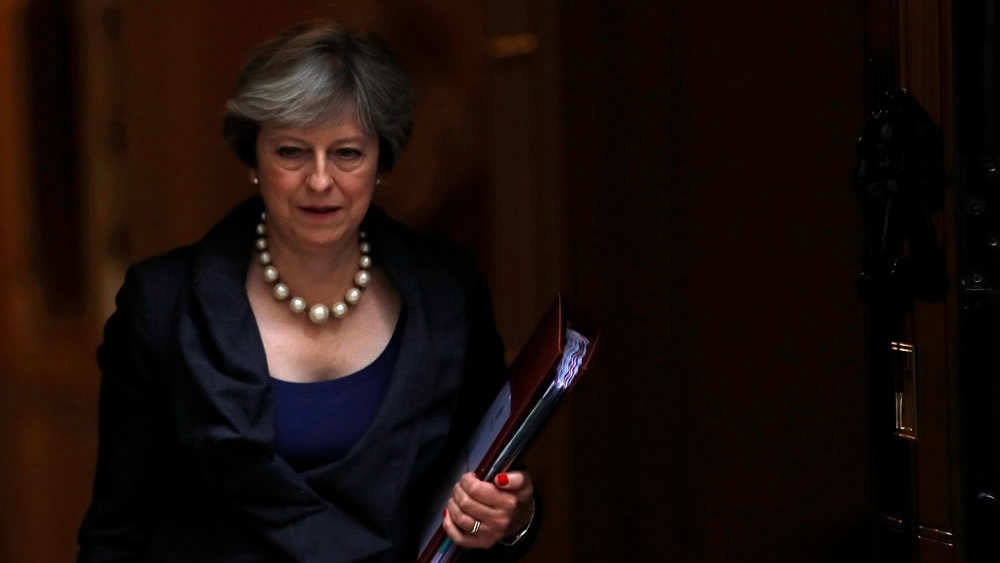
Opinions
16:16, 30-Jan-2018
Analysis: What round two of the Brexit talks mean
Guest commentary by Steve Peers

What comes next for the Brexit talks between the UK and the remaining European Union? The first part of the talks concluded in December, when the two sides agreed in detail on the so-called "divorce bill" and on what happens to each other’s citizens who moved before Brexit takes place. That was difficult enough, but the second part of the talks might prove harder.
What’s at stake?
First of all, the agreement already reached might unravel, when it comes time to turn the political agreement into a legal treaty text. Secondly, some issues were only deferred from the first phase of talks. For instance, the two sides agreed to discuss later whether British citizens’ resident in the EU countries could still move from (say) France to Italy after Brexit happens.

Brexit Secretary David Davis (L) and EU chief negotiator Michel Barnier address a press conference at the end of the first day of Brexit negotiations at the European Commission in Brussels, Belgium, June 19, 2017. /VCG Photo
Brexit Secretary David Davis (L) and EU chief negotiator Michel Barnier address a press conference at the end of the first day of Brexit negotiations at the European Commission in Brussels, Belgium, June 19, 2017. /VCG Photo
Moreover, in December the EU and UK had only superficially agreed what will happen to the border between Ireland and Northern Ireland (which is part of the UK). While they agreed that there would be no checks at this border, they did not really agree how to avoid them. But this issue goes to the heart of the UK’s future relationship with the EU after Brexit. It will be much easier to avoid checks on the Irish border if the UK still continues to apply EU law on many issues; yet this is exactly what many Brexit supporters wanted to stop doing.

The Irish border is one of the key issues in the Brexit negotiation. /Reuters Photo
The Irish border is one of the key issues in the Brexit negotiation. /Reuters Photo
Thirdly, the second phase of talks will include discussion of a "transition period" (or "implementation period") after Brexit. During this period of about two years, the UK will still apply all EU laws and contribute to the EU budget, but have no say in the adoption of new EU laws despite having to apply them. While the UK government seems content to accept most of the EU’s terms for this period, some in the governing Conservative party are deeply unhappy.
Finally, the two sides are also now drawing up their positions on what their future relationship after Brexit should be, in order to get ready for the next phase of the talks. For the UK government, this means a stark choice between aligning itself closely with EU regulation or moving away from it. This issue splits the Conservative party, and the British Prime Minister’s proposed compromise – sticking closely to EU regulation in some areas but not others – does not seem to appeal to the EU side much. As the moment of truth draws closer, the trade-off between more rule-making autonomy and greater market access to the UK’s biggest trading partner is, as always, at the heart of the decision which the UK has to make.
(The author is a professor in the School of Law at the University of Essex. The article reflects the author's opinion, and not necessarily the view of CGTN.)

SITEMAP
Copyright © 2018 CGTN. Beijing ICP prepared NO.16065310-3
Copyright © 2018 CGTN. Beijing ICP prepared NO.16065310-3